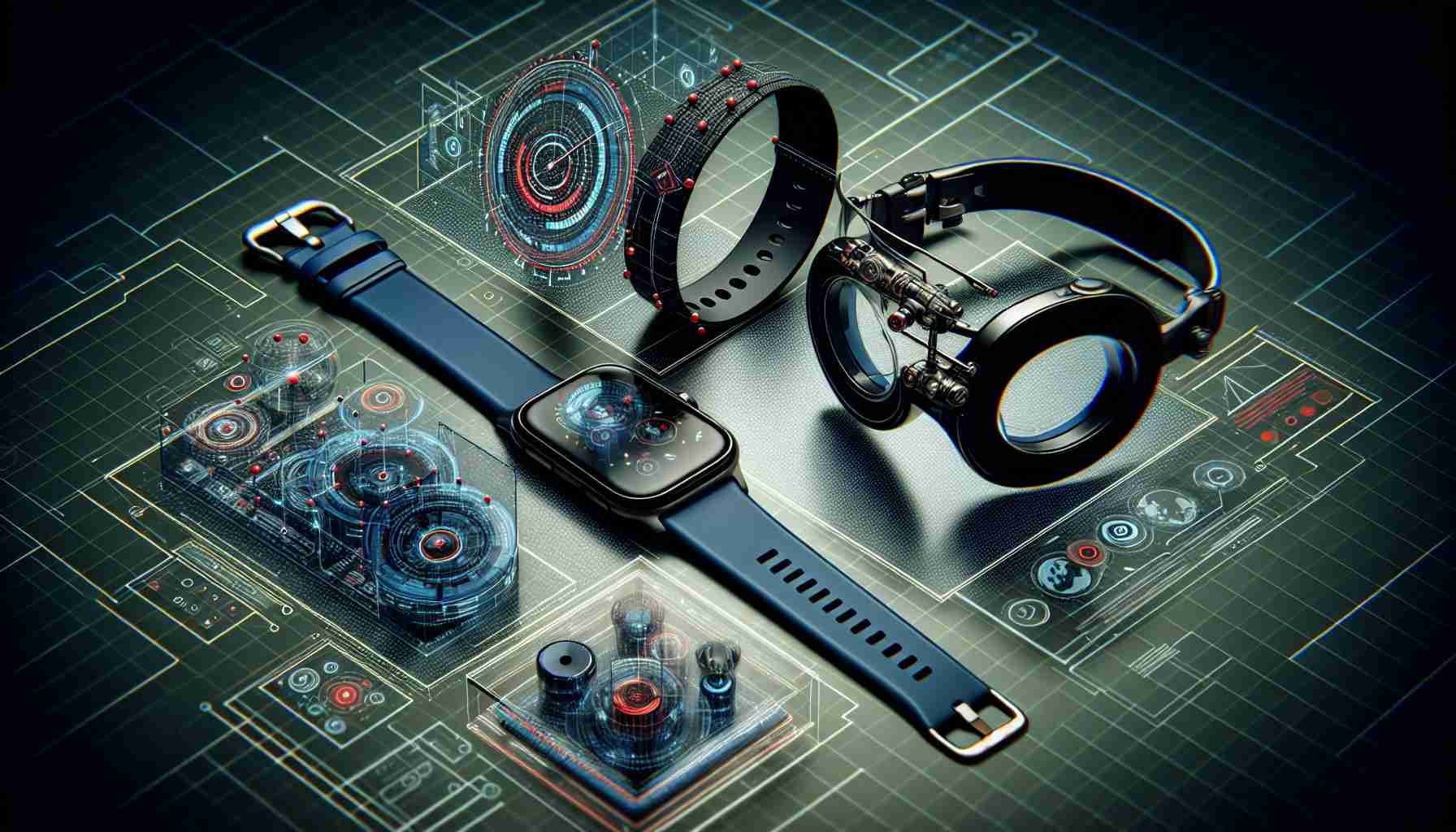A new smart device from Google is on the horizon, as indicated by a recent Federal Communications Commission listing, carrying the model number G4SKY. Despite the lack of direct confirmation, the details within the FCC documents, including the method to access the ‘FCC E-label’, point firmly towards a wearable device, possibly a smartwatch.
This upcoming device has sparked curiosity because it seems to diverge from Google’s expected release schedule. Analysts predict that Google’s Pixel Watch 3 would make its debut around October; thus, seeing an FCC listing at this time for the next-generation wearable is unconventional. Moreover, this mysterious gadget lacks certain advanced features – specifically, ultra-wideband (UWB) technology, which enhances connection speeds and precision.
Given this absence of UWB and other clues, there’s speculation that Google might be preparing to introduce a more affordable alternative to its Pixel Watch line, tentatively termed the “Pixel Watch 2a”. This smartwatch is thought to be available in a singular model offering Wi-Fi, Bluetooth, and LTE connectivity options.
What’s particularly striking about this speculation is that there has been no prior buzz regarding Google’s work on a mid-range smartwatch. This could signify a novel approach by Google to offer a budget-friendly wearable, potentially competing with or complementing the existing Fitbit range, which starts at a higher price point.
It is important to bear in mind, however that all of this remains conjecture. With Google I/O 2024 just around the corner, the tech community is abuzz with anticipation, and it’s there that the reality of the “Pixel Watch 2a” could be revealed. For those eager for an affordable device today, there are still various options for cost-effective fitness trackers to explore.
Challenges and Controversies:
One of the key challenges Google may face in expanding into mid-range wearables is distinguishing its offerings from a crowded marketplace. With well-established competitors like Samsung, Xiaomi, and even Apple offering various wearable products across price ranges, Google would need to highlight unique selling points of its Pixel Watch 2a.
Another challenge is integrating the new mid-range wearable into the existing ecosystem of Fitbit devices, following Google’s acquisition of Fitbit. Ensuring seamless synchronization and a unified user experience while differentiating product lines can be complex.
A controversy that often accompanies the introduction of new wearable technologies concerns data privacy. Users are increasingly concerned about how their health data is managed and protected. As a leading tech company, Google will have to address these concerns transparently, particularly in the wake of various tech companies facing scrutiny over data practices.
Advantages and Disadvantages:
Advantages:
– Affordability: A mid-range wearable from Google would be more accessible to a larger audience, which could lead to increased market penetration.
– Ecosystem Integration: For users already within the Google ecosystem, a Google wearable could enhance their experience with better integration with other Google services and devices.
– Innovation: Google’s entry into this segment could push innovation in mid-range wearables, prompting competitors to improve their offerings.
Disadvantages:
– Brand Confusion: A new product line could create confusion among consumers, especially if it overlaps with the features and price points of Fitbit devices.
– Resource Allocation: Investing in a new product line could divert resources from the development of higher-end devices or other Google initiatives.
– Expectation Management: Google would need to balance the expectations of users who are accustomed to the feature-rich Pixel Watch with a device that might not offer all the advanced capabilities.
For more information on Google and its products:
– Google
Please note that the information provided in this response is based on available data as of early 2023 and may be subject to change. Users should verify the information with the most recent updates from Google and related news.
